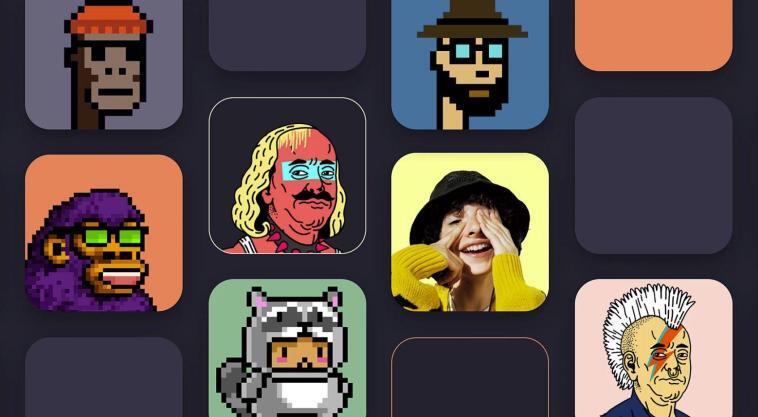What Are NFTs?
Non-fungible Tokens (NFTs) are digital objects, similar to digital coins, that are not fungible. NFTs can have a variety of uses. This article discusses the types of NFTs, how they are used, and how they are valued. Regardless of the intended use, NFTs can help make transactions safer and more efficient.
Non-fungible Tokens
Non-fungible Tokens (NFTs) are digital tokens that can represent any asset, real or virtual, that can be manipulated in a distributed ledger. Examples include in-game avatars, digital collectibles, domain names, tickets, and more. These tokens are not exchange-traded like cryptocurrencies but can be bought and sold on online NFT marketplaces.
In the blockchain, non-fungible tokens are digital units of data that cannot be replaced by another token. For example, one Ether on the Ethereum network is identical to another Ether, and so is a Bitcoin. On the other hand, NFTs are unique and can never be replaced by another one.
Examples of NFTs
NFTs are a new type of digital ownership. They allow creators to make a royalty when their work is sold on the NFT market or peer-to-peer. The benefit of this type of ownership is that the creator is not tied to a particular platform or intermediary, and the amount of control the NFT owner has over the use of their asset is largely up to the creator.
A number of people have used NFTs to make their own products and services available on the internet. For instance, music artist Grimes recently sold a WarNymph collection for $6 million. Coca-Cola has also used NFTs to promote their products, and in the future, a series of four NFTs will be sold in support of the Special Olympics International. Similarly, Taco Bell has entered the NFT arena with a recent project – NFTs inspired by its taco bells. The NFTs can be bought with cryptocurrency, which are based on blockchains.
Characteristics of NFTs
The infrastructure behind NFTs is very different from that of other cryptocurrencies. To start with, they are not exchangeable. Each NFT is unique in its own way. This makes them valuable collectibles in their own right. For example, a CryptoKitty named Dragon once sold for 600 ETH, or about $170K.
In contrast, fiat money is fungible. NFTs are unique digital assets. This makes them highly valuable, even if they are exchangeable. As a result, they can be used to commodify digital assets that were once considered non-fungible, such as in entertainment. Jack Dorsey, a Twitter founder, even sold the first tweet for two million dollars.
Value of NFTs
While there is no clear answer for the exact value of NFTs, some factors can affect their price. These factors include the reputation of the artist, the work’s size, and how long it’s been around. In addition, the price at which the work was last sold can influence its value.
The notion of scarcity is a powerful one. It allows us to have free or paid access to content that otherwise would not exist. It helps us to have an open internet, while also ensuring that creators get some compensation.
Future of NFTs
There are many challenges to the Future of NFTs, but there are also many solutions. One solution is IPFS, which compresses assets so they can be stored on a blockchain. However, NFTs will still need a lot of work to last forever. One of these challenges is how to protect them against counterfeiters.
While NFTs are already present in the world, they will play an increasingly important role in the digital economy. They will be used to represent digital assets as well as physical goods. They will act as a digital representation of the real world.



